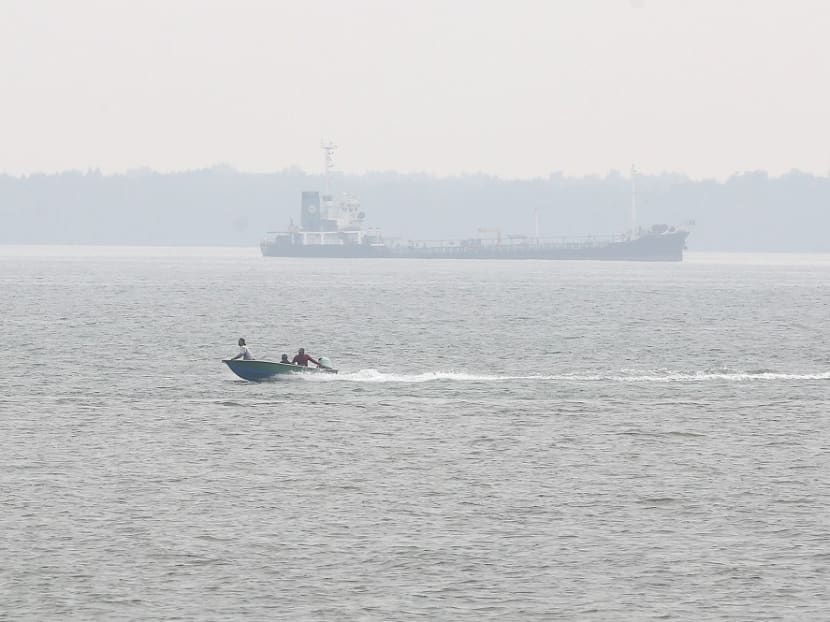Asean haze data warns of persistent hotspots in Sumatra, Kalimantan
KUALA LUMPUR ― The Asean Specialised Meteorological Centre (ASMC) has warned that haze will continue to affect western parts of Peninsular Malaysia and western Sarawak, as hotspots are expected to persist in Sumatra and Kalimantan, Indonesia.
KUALA LUMPUR ― The Asean Specialised Meteorological Centre (ASMC) has warned that haze will continue to affect western parts of Peninsular Malaysia and western Sarawak, as hotspots are expected to persist in Sumatra and Kalimantan, Indonesia.
Despite Indonesia’ denial over the weekend, data provided by ASMC on its website showed that hotspots in Sumatra have increased to 206 on September 8, compared to 52 on September 7.
“The hotspot and haze situation in Sumatra and Kalimantan is expected to persist,” the ASMC said in its latest update yesterday evening.
“With the prevailing winds blowing from the southeast or southwest, transboundary haze may continue to affect surrounding areas including western Sarawak and western parts of Peninsular Malaysia.”
Despite scattered showers falling over the northern Asean region yesterday, ASMC said the southern region continue to be dry ― exacerbating the conditions.
Significant build-up of smoke haze in the Indonesian provinces of Riau, Jambi, South Sumatra and Lampung, and also West, Central and South Kalimantan, was then carried over to the western parts of Peninsular Malaysia and Sarawak by winds.
Some haze has also been observed over the adjacent South China Sea area, the ASMC said.
This comes following a “Level 3 Alert” for Sumatra announced by the ASMC yesterday, based on surveillance by its NOAA-20 satellite.
“Level 3” indicates more than 250 hotspots in two consecutive days with dense smoke plumes; dry weather persisting; and prevailing winds blowing towards Asean countries.
The ASMC had previously declared a “Level 3 Alert” for Kalimantan on September 5 after 114 and 459 hotspots were detected in Kalimantan on September 3 and 4.
Formed in January 1993, the ASMC was appointed by Asean members to monitor and assess land and forest fires and the occurrence of transboundary smoke haze affecting the region
Yesterday, Indonesia's meteorology body was reported denying that the haze in Malaysia originates from Sumatra, Indonesia, basing this assertion on its satellite data over the past few days.
BMKG deputy Mulyono R. Prabowo was quoted saying in a report by Indonesian media outlet Tempo.co that its satellites had detected hotspots throughout South-east Asia during the September 4 to September 8 period.
He said BMKG found 2,510 hotspots within the region during this period — 727 hotspots (on September 4), 516 (September 5), 619 (September 6), 648 (September 7) ― spread across Indonesia, Malaysia, the Philippines, Papua New Guinea, Vietnam, Timor Leste, and Thailand.
This comes even as Malaysia's minister of energy, science, technology, environment and climate change Yeo Bee Yin said the fires in Indonesia are the root cause of the haze problem that Malaysia is currently experiencing, and that such fires need to be urgently extinguished.
Ms Yeo said the Malaysian government will use all diplomatic channels to raise the urgency of taking immediate action to the Indonesian government.
Ms Yeo also said Malaysia is ready to offer assistance to help Indonesia put out fires in Kalimantan and Sumatra.
Sumatra is separated from peninsular Malaysia by the Straits of Melaka, while Kalimantan shares land borders with Sarawak and Sabah. MALAY MAIL







